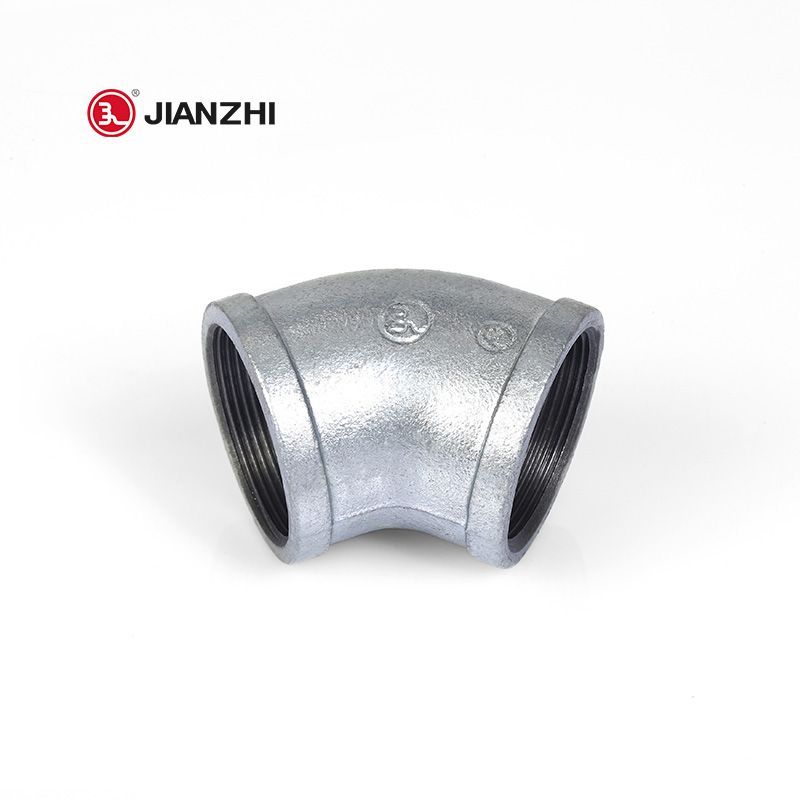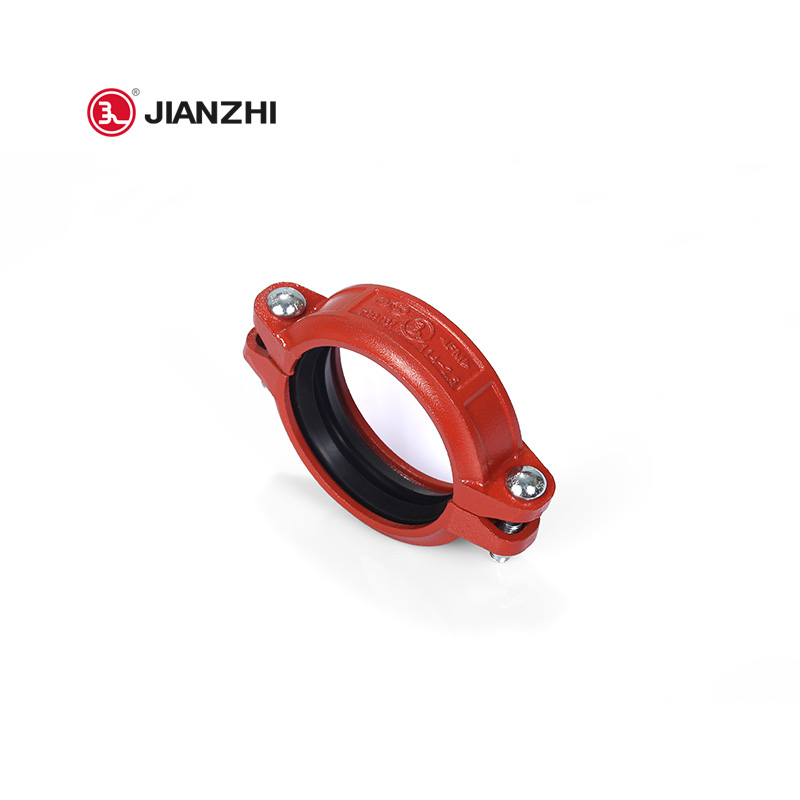Galvanised 45 degree elbows change the direction of flow and can transition from external to internal threads. With the help of a threaded connection, galvanised cast iron 45 degree elbows allow you to install any configuration of pipe, depending on the task.
Types of 45 degree elbows
45 degree long radius elbows
Pipe elbows are installed between two pipes so that the direction of the fluid can be changed to 45 degrees. Compared to a 90 degree elbow, a 45 degree elbow creates less friction and lower pressure.
45 degree short radius elbow
45 degree SR elbows are usually attached to copper, plastic, steel, cast iron and lead, but can also be attached to stainless steel and rubber clamps. They are used in many applications such as chemical, food, water supply facilities, electronics industry, chemical piping, horticulture, agricultural production, solar equipment piping, air conditioning piping and many other applications.
What is a 45 degree elbow?
A 45 degree elbow with a female National Pipe Taper (NPT) for changing the direction of flow between two pipes. Our high quality standard 150 lb. threaded fittings are manufactured to the highest standards. All malleable iron fittings are monitored by quality control personnel for strict compliance with applicable standards and specifications. These malleable iron fittings are ideally suited for applications involving potentially corrosive chemicals or liquids. In addition to being resistant to corrosion, malleable iron fittings are also resistant to contamination, making them useful to many professionals.
45 degree elbows are usually manufactured as LR (long radius) elbows. Only in very small applications, such as very tight places, do people use short radius elbows. As few factories produce these short radius 45 degree elbows, engineers or workers will cut a 90 degree elbow into two 45 degree elbows.
How are 45 degree elbows connected?
The connections to the pipe are: direct welding (the most common method) flange connections, hot fusion connections, electrofusion connections, threaded connections and socket connections. According to the production process can be divided into: welding elbow, stamping elbow, pushing elbow, casting elbow, etc..
How to distinguish between 90-degree elbow and 45-degree elbow
1, the naked eye: 90 degree elbow two hole extension line vertical, 45 degree elbow two hole extension line intersected into an acute angle.
2, look at the catch: after the catch both sides of the 90 degree elbow to form a right angle, after the catch both sides of the 45 degree elbo


没有评论:
发表评论